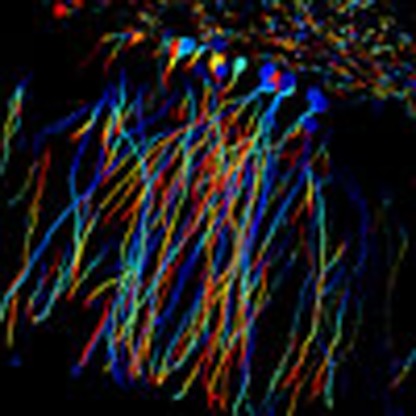- Record: found
- Abstract: found
- Article: found
Nuclear RNA-seq of single neurons reveals molecular signatures of activation

Read this article at
Abstract
Single-cell sequencing methods have emerged as powerful tools for identification of heterogeneous cell types within defined brain regions. Application of single-cell techniques to study the transcriptome of activated neurons can offer insight into molecular dynamics associated with differential neuronal responses to a given experience. Through evaluation of common whole-cell and single-nuclei RNA-sequencing (snRNA-seq) methods, here we show that snRNA-seq faithfully recapitulates transcriptional patterns associated with experience-driven induction of activity, including immediate early genes (IEGs) such as Fos, Arc and Egr1. SnRNA-seq of mouse dentate granule cells reveals large-scale changes in the activated neuronal transcriptome after brief novel environment exposure, including induction of MAPK pathway genes. In addition, we observe a continuum of activation states, revealing a pseudotemporal pattern of activation from gene expression alone. In summary, snRNA-seq of activated neurons enables the examination of gene expression beyond IEGs, allowing for novel insights into neuronal activation patterns in vivo.
Abstract
 The molecular dynamics associated with neuronal activation patterns
in vivo are unclear. Lacar
et al. perform single-nuclei RNA-sequencing of hippocampal neurons from mice exposed to
a novel environment, and identify large-scale transcriptome changes in individual
neurons associated with the experience.
The molecular dynamics associated with neuronal activation patterns
in vivo are unclear. Lacar
et al. perform single-nuclei RNA-sequencing of hippocampal neurons from mice exposed to
a novel environment, and identify large-scale transcriptome changes in individual
neurons associated with the experience.
Related collections
Most cited references41
- Record: found
- Abstract: not found
- Article: not found
MAPK cascade signalling and synaptic plasticity.
- Record: found
- Abstract: found
- Article: not found
Activity-Induced DNA Breaks Govern the Expression of Neuronal Early-Response Genes.
- Record: found
- Abstract: found
- Article: not found